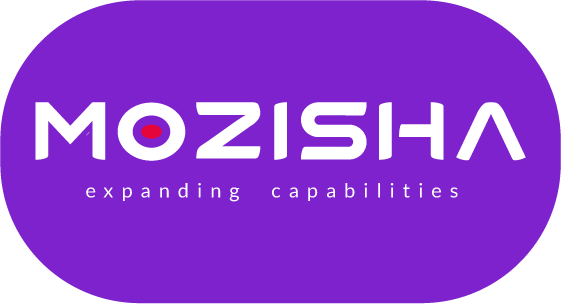In September 2022, A report titled, Transforming Education in Africa was published as the result of a collaboration between UNICEF and the African Union Commission. It provided an evidence-based analysis of the situation of education in Africa.
Education in Africa has improved dramatically in recent years, but access and quality still lag behind other regions. Median completion rates for primary and lower secondary schools have risen from 27% and 5% respectively in 1971 to 67% and 40% in 2015. However, learning outcomes remain low, with 2/3 of children unable to read in third grade and test scores falling for 18 countries between 2000 and 2017.
The COVID-19 pandemic has created additional fiscal pressure, making it necessary for African governments to boost investment in education, especially as Africa's young population presents a great opportunity for increased economic productivity. There is a need for more qualified teachers and investment in technical and vocational education and training. Poverty, conflicts, and insecurity lead to exclusion from education.
Four years after the pandemic, the 2024 SDG 4 Scorecard was launched earlier this month at the UNESCO Conference of Education Data and Statistics. The SDG 4 Scorecard for Africa is a report that provides a comprehensive overview of the progress made by African countries in achieving Sustainable Development Goal 4 (SDG 4), which is Quality Education.
In 2015, the Education 2030 Framework for Action established a roadmap for achieving SDG 4, urging countries to set national benchmarks to address the accountability deficit associated with long-term targets. The UNESCO Institute for Statistics (UIS) and the Global Education Monitoring (GEM) Report have been instrumental in monitoring progress towards SDG 4.
Since the UN General Assembly adopted the SDG 4 monitoring framework in 2017, African countries have committed to establishing national SDG 4 benchmarks. The Continental Education Strategy for Africa (CESA) identified this as a priority, leading to consultations with the African Union Commission and the Association for the Development of Education in Africa.
According to the scorecard, 72% of African countries have set national SDG 4 benchmarks for at least one indicator. The assessment covers the period since 2015 and evaluates the probability of each country achieving its 2025 benchmark. Four categories capture the speed of progress, ranging from fast to no progress, with an additional two categories recognizing the absence of data.
The scorecard highlights progress in specific education indicators such as out-of-school rates, completion rates, early childhood education attendance, gender gaps, and internet connectivity in schools. The assessment uses categories to classify countries based on their progress towards benchmark values, providing a clear picture of achievements and areas needing attention.
For instance, the out-of-school rate for adolescents of lower secondary school age shows that 63% of countries are making slow progress, while 17% are making fast progress. Completion rates at the upper secondary level vary, with 36% of countries making fast progress, 40% making average progress, and 24% making no progress.
The scorecard also evaluates the gender gap in completion rates, indicating that 52% of countries are making fast progress in reducing the gap. Similarly, early childhood education attendance and school internet connectivity are assessed, providing insights into the progress made in these crucial areas.
The classification of country progress is further broken down by income group, allowing for a nuanced understanding of disparities between low, lower-middle, upper-middle, and high-income countries. This analysis helps tailor interventions and policies to specific economic contexts.
In addition to education indicators, the scorecard includes an assessment of public education expenditure, examining whether countries are meeting benchmarks in terms of GDP and total public expenditure.
Overall, the SDG 4 Scorecard is a valuable tool for tracking and assessing progress in education across Africa. It facilitates informed decision-making by governments, policymakers, and international organizations, fostering collaboration and targeted interventions to ensure that the vision of inclusive and quality education for all, as outlined in SDG 4, becomes a reality on the African continent.
While some countries have responded to the pandemic by offering remote learning, more needs to be done to ensure continuity of learning outside of educational facilities - which is implementing more policies to embed technology in Education.
References
Continental Education Strategy For Africa - https://ecosocc.au.int/sites/default/files/files/2021-09/continental-strategy-education-africa-english.pdf
The Education 2030 Framework for Action - https://uis.unesco.org/sites/default/files/documents/education-2030-incheon-framework-for-action-implementation-of-sdg4-2016-en_2.pdf
Transforming Education in Africa – https://www.unicef.org/media/106686/file/Transforming%20Education%20in%20Africa.pdf
SDG 4 Scorecardprogress Report On national Benchmarksin Africa - https://unesdoc.unesco.org/ark:/48223/pf0000388662

